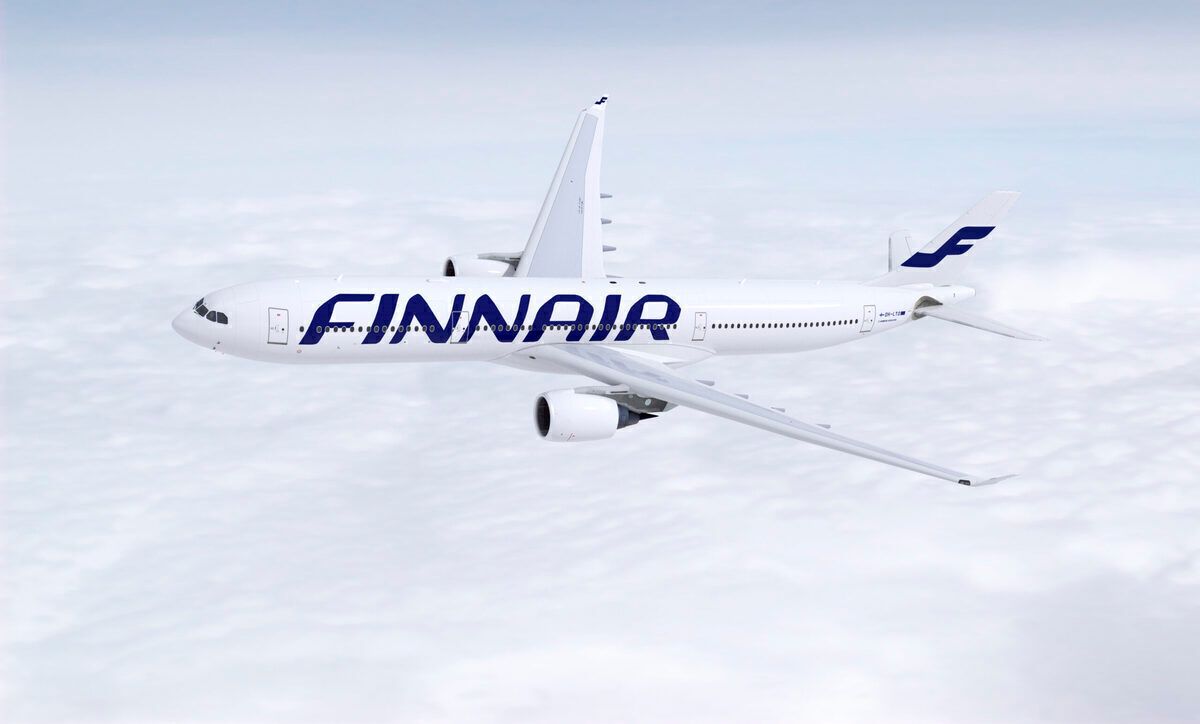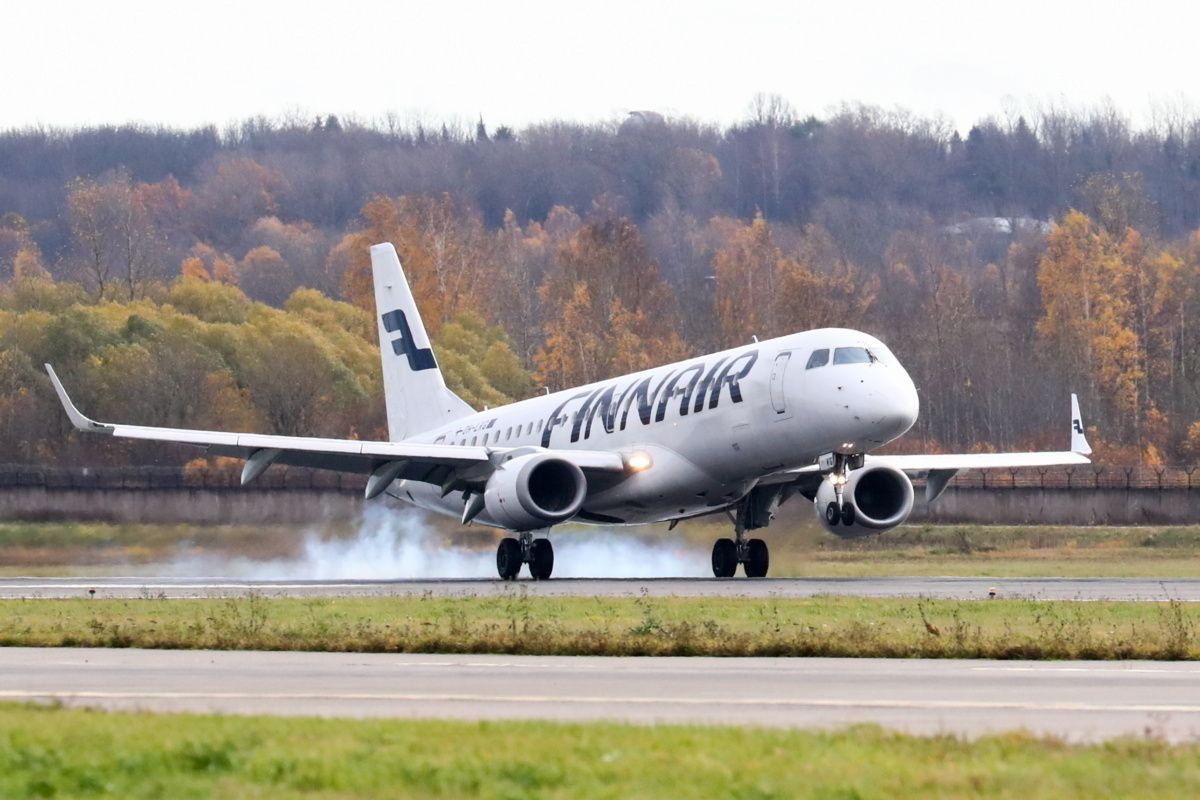In a spirited bid to lessen weight and cut down on carbon emissions, Finland's national carrier Finnair has decided to do away with inflight magazines. Airlines globally are trying to find innovative ways to cut weight because unnecessary weight adds to more fuel burn. With fuel being one of the most significant expenses, cutting weight saves money while also reducing carbon emissions.
Back in the 1980s, American Airlines removed a single olive from their in-flight salads. While that might sound insignificant, over a year, it saved the airline $100,000. Unaccounted for is the saved weight of all those olives, which also saved just a little bit of fuel. Now, if removing a single olive can reduce fuel burn and carbon emissions, just think how much getting rid of inflight magazines and other non-essential items would save.
Stay informed: Sign up for our daily and weekly aviation news digests.
Finnair is always looking to reduce weight
In addition to getting rid of its inflight magazine, Finnair also plans to let passengers choose their meals when they make their booking. By doing this, Finnair will know exactly how many meals are required for each flight and not carry any unnecessary food on board.
While being asked about Finnair's decision to get rid of its Blue Wings in-flight magazine by the English language daily online newspaper, The Helsinki Times director of responsibility at Finnair Anne Larilahti said:
"We kind of have a group of weight watchers who try to find possibilities to reduce aircraft weight." Adding, "It starts from the weight of carpets and paints, all the way to print and catering equipment, as well as to what customers have with them when boarding the aircraft."
Finnair wants people to use smart devices
The majority state-owned airline has calculated that print products add around 50 kilos (110.2 lbs) to the weight of its narrowbody aircraft. In widebody long-haul planes, printed material increases the weight by as much as 125 kilos (275.5lbs). When studying figures from pre-COVID-19, 2019, Finnair calculated that printed material was responsible for 473 tonnes of fuel consumption. Overall this accounted for around 0.04% of Finnair's total fuel consumption.
Finnair also intends to encourage passengers to use their own electronic devices to access Finnair's entertainment and internet portal "Nordic Sky". When connecting to Nordic Sky, passengers can access all the reading material previously available in print. According to Larilahti, Finnair has calculated that if every passenger on its flights could reduce their luggage by one kilo (2.2lbs) for a year, the saving would equate to 20 roundtrip flights between Helsinki and Tokyo.
Finnair says that its campaign to shed weight is all a part of the Helsinki-Vantaa Airport (HEL)-based carriers plan to become carbon neutral by 2045. In the meantime, it hopes to halve the emissions it produced in 2019 by 2025.
Removing printable material is a start
Simply eliminating weight from flights is not going to decrease the aviation industry's carbon emissions and is something that needs to be done in conjunction with other actions such as:
- Flying more fuel-efficient aircraft
- Using more biofuels
- Optimizing flight paths
- Flying into less busy airports (At a busy airport, planes often have to circle before being allowed to land).
- Only using a single-engine when taxing
Given today's technology, it's surprising that airlines did not start doing away with things like inflight magazines much sooner.
Would you miss not having an inflight magazine to read if the info was available in digital form? Please tell us your thoughts on the matter in the comments.



